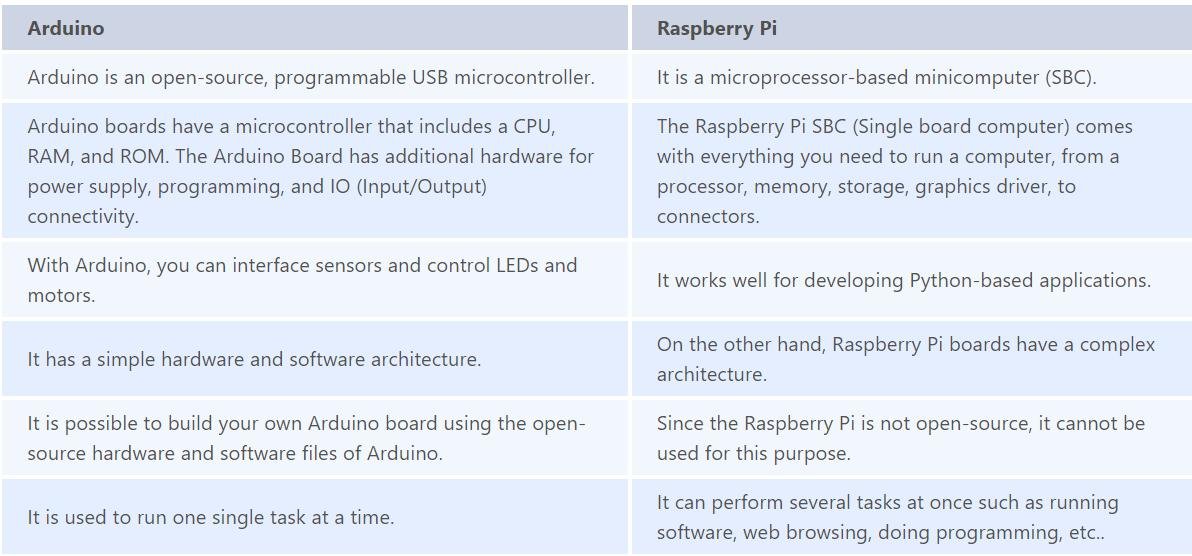IoT
Devices such as IoT gateways enable communication between IoT devices, sensors, equipment, and systems. Basically, an IoT gateway is a central hub for all IoT devices. It connects the IoT devices to each other and to the cloud, converting communication among the devices and analyzing data to create useful information.
IoT gateways are commonly used for the following purposes:
- Interconnecting devices
- Connecting devices to the cloud
- Transforming IoT communications
- Data filtering, Reducing security risks, etc
The Message Queuing Telemetry Transport protocol (MQTT) is a publish/subscribe message protocol designed for networks with limited bandwidth and IoT devices with extremely high latency (delay in data transmission).
Publishes are the sources of data that send data to topics. The broker manages the topics, and consumers subscribe to the topics. Upon receiving data for a topic from the publisher, the broker forwards it to all subscribed consumers. As a result, brokers are responsible for receiving data from publishers and sending it to the appropriate consumers.
Raspberry Pi is a card-sized computer with features like General Purpose Input Output (GPIO) pins, WiFi, and Bluetooth that allow it to communicate, control, and connect to other external devices. Combining IoT applications with Raspberry Pi.
GPIO (General-purpose input/output) is a standard interface using which Raspberry Pi and other microcontrollers can connect to external electronic components/devices. These are basically programmable pins on an integrated circuit or board that allow digital input or output signals to be controlled programmatically.

The disadvantages of IoT are:
- Security: IoT technology creates an ecosystem of connected devices. However, during this process, the system may offer little authentication control despite sufficient cybersecurity measures.
- Privacy: The use of IoT, exposes a substantial amount of personal data, in extreme detail, without the user’s active participation. This creates lots of privacy issues.
- Flexibility: There is a huge concern regarding the flexibility of an IoT system. It is mainly regarding integrating with another system as there are many diverse systems involved in the process.
- Complexity: The design of the IoT system is also quite complicated. Moreover, it’s deployment and maintenance also not very easy.
- Compliance: IoT has its own set of rules and regulations. However, because of its complexity, the task of compliance is quite challenging.
Arduino is a free electronics platform having easy to use hardware and software. It has a microcontroller capable of reading input from sensors to control the motors programmatically.
PWM or Pulse Width Modulation is a variation of how much time the signal is high in an analog fashion. The signal can be high or low, and the user can even change the proportion of the time.
Wireless communications boards available in Raspberry Pi are 1) WiFi and 2) BLE/Bluetooth.
Models of Raspberry Pi are:
- Raspberry Pi 1 Model B
- Raspberry Pi 1 Model B+
- Raspberry Pi 1 Model A
- Raspberry Pi Zero
- Raspberry Pi 3 Model B
- Raspberry Pi 1model A+
- Raspberry Pi Zero W
- Raspberry Pi 2



